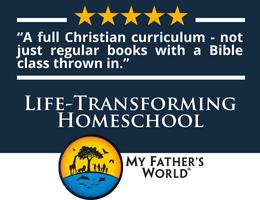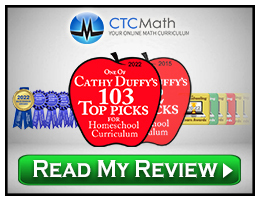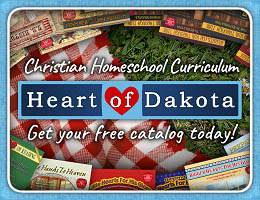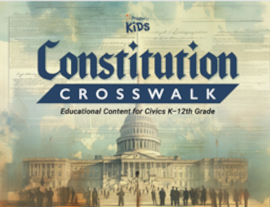PragerU’s Constitution Crosswalk is a free, downloadable, 19-page guide with lesson plans that connect PragerU videos with worksheets, primary source documents, crafts, and some of the Otto’s Tales books. The lesson plans are presented in six units, with separate plans for elementary and middle/high school. Crafts, animated stories, and children’s books are included for the elementary grades, while middle/high school lesson plans use more sophisticated videos and primary source documents. Older students need access to copies of the U.S. Constitution and the Bill of Rights, and they might also use the Federalist Papers.
The six units are titled:
1. Constitutional Convention and Civic Dialogue
2. Overview of the U.S. Constitution
3. Federalism and the Separation of Powers
4. Bill of Rights and Amendments
5. Rule of Law and Civil Rights
6. Symbols of the United States
The lesson plans and worksheets are linked directly beneath the videos on the PragerU website. Some videos do not have lesson plans or worksheets but are still included as standalone content.
The lesson plans begin with a summary of the lesson and then list learning objectives, vocabulary words and definitions, educational standards covered, academic subject areas addressed, required resources, and step-by-step lessons with estimated time required.
Videos featured in the lessons for the elementary grades are from the following series: Leo & Layla, Otto’s Tales, Craftory!, and Guess or Mess, all of which are reviewed here. Some of the elementary level lesson plans based on Otto’s Tales videos include links to the Otto’s Tale book on the same topic that can be purchased, but those are optional.
The first lesson for the elementary grades is on John Locke. Students will learn how John Locke influenced Thomas Jefferson and the Declaration of Independence, as well as others involved in the fight for American independence. They learn the meaning of terms such as “unalienable rights” and “The Social Contract.” They watch a Leo & Layla video: "John Locke: The Influence of America’s Founding" and complete a three-page worksheet on John Locke, which includes its own answer key.
This lesson plan helps parents and teachers guide a discussion about influencers in both their personal lives and in history. The lesson plan has parents or teachers discuss Thomas Jefferson, drawing out what children already know and adding information as needed. Students will also discuss some of their responses on the worksheets.
Most lesson plans show a time needed of 15 to 45 minutes because they include options for shortening or lengthening the time.
The chart for middle/high school includes many more videos for most units since PragerU has produced so many outstanding “5-minute” videos on history and government for teens and adults. That level also lists several videos from the Street Smart series and one from the Book Club series, and lesson plans are only available for videos from those two series. For instance, the first unit lists 17 videos for the upper level, but only one has a lesson plan and worksheet—the final one titled “Book Club: The Federalist Papers.” In this Book Club video, host Michael Knowles discusses The Federalist Papers with Ben Shapiro. The worksheet has a single page for students with blanks to fill in, followed by an answer key. While Street Smart videos are included for units two through five, this same Book Club video is listed under four of the units.
The second unit is titled “Overview of the Constitution.” For middle/high school students, there are six Street Smarts videos with lesson plans and worksheets in addition to 16 “5-minute” videos and the same Book Club video used with the first unit. Since there are a few duplications like this, we are to pick and choose which videos and resources to use for each unit.
The lesson plans also sometimes include craft activities for which you will need supplies. But otherwise, the videos, lesson plans, and worksheets are available for free.
Summary
Constitution Crosswalk should be very useful for homeschoolers teaching government or civics. The content of the videos is very substantial, even when presented amid silly activities. Teens can use these videos as a major component for a required government course, but they still need to add a “response” component, such as writing essays or a research paper.








